Have you ever wondered where our worst nightmares come from?
For the ancient Greeks, they might have come from fossils of giant prehistoric animals.
On the Greek island of Crete, the tusks, several teeth, and some bones of a deinotherium giganteum have been found, which loosely translated means a truly enormous and terrible beast. A distant relative of modern elephants, …
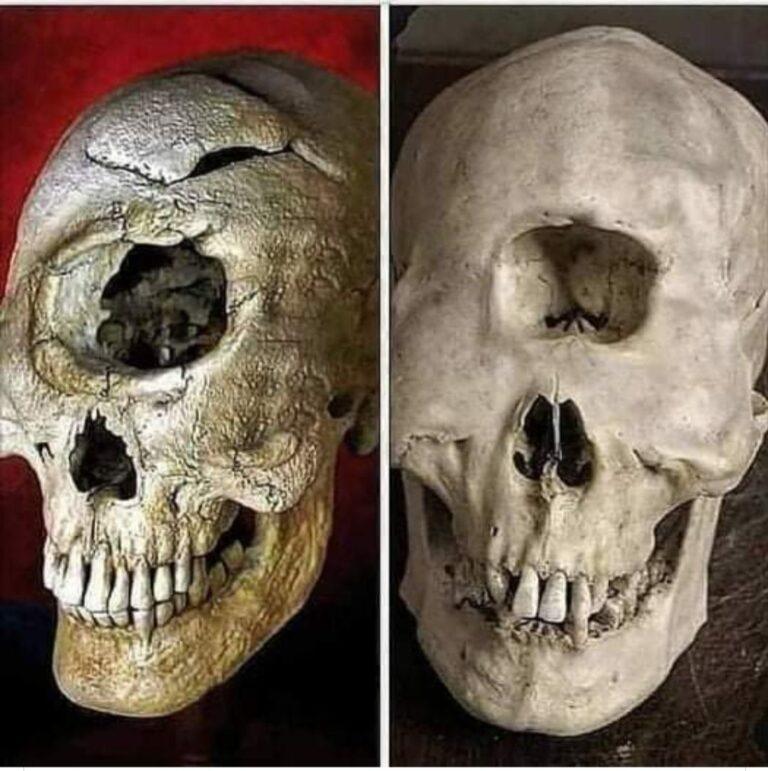
On the Greek island of Crete, the tusk, several teeth, and some bones of a deinotherium giganteum have been found, which loosely translated means a truly enormous and terrible beast. A distant relative of modern elephants, the giant mammal measured 4.6 meters (15 feet) tall at the shoulder and had tusks measuring 1.3 meters (4.5 feet) long. It was one of the largest mammals to ever walk the Earth.
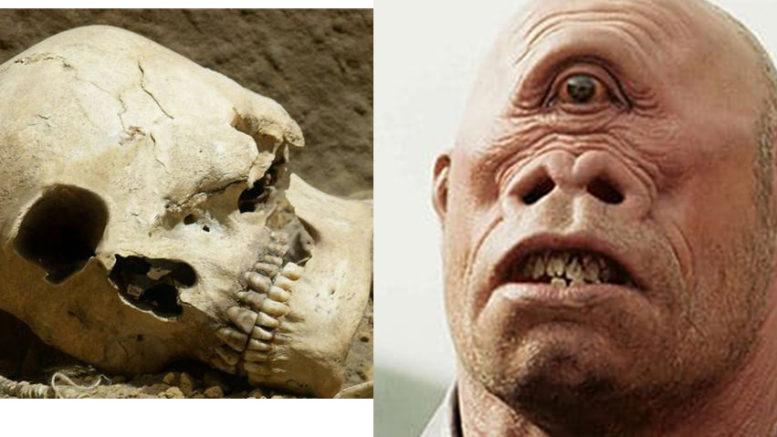
“This is the first discovery in Crete and the southern Aegean region in general,” said Charalampos Fassoulas, a geologist at the University of Crete’s Natural History Museum. “It is also the first time we have found a complete tusk of the animal in Greece. We haven’t yet dated the fossils, but the sediment where we found them is estimated to be 8 to 9 million years old.”
Skulls of deinotherium giganteum found at other sites indicate it to be more primitive and much larger than today’s elephants, with an exceptionally large nasal opening in the center of the skull.
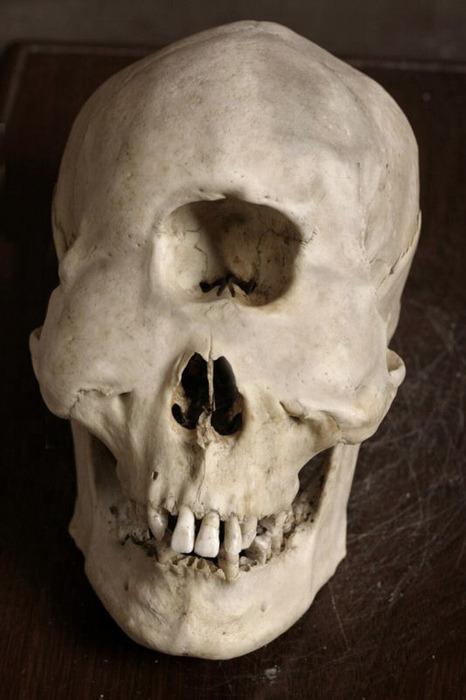
To contemporary paleontologists, the prominent hole in the center of the skull suggests a well-developed trunk. However, to the ancient Greeks, deinotherium skulls could easily have served as the basis for their tales of the fearsome one-eyed Cyclops.
In her book “The First Fossil Hunters: Paleontology in Greek and Roman Times,” Adrienne Mayor argues that the Greeks and Romans utilized fossil evidence—the massive bones of long-extinct species—to validate existing myths and create new ones.
“The notion that mythology elucidates the natural world is an ancient one,” said Thomas Strasser, an archaeologist at California State University, Sacramento, who has conducted extensive research in Crete. “While you can’t scientifically test this idea, the ancient Greeks were farmers and likely encountered fossil bones like these, attempting to interpret them. Without the concept of evolution, it’s understandable that they would mentally reconstruct them as giants, monsters, sphinxes, and the like,” he explained.
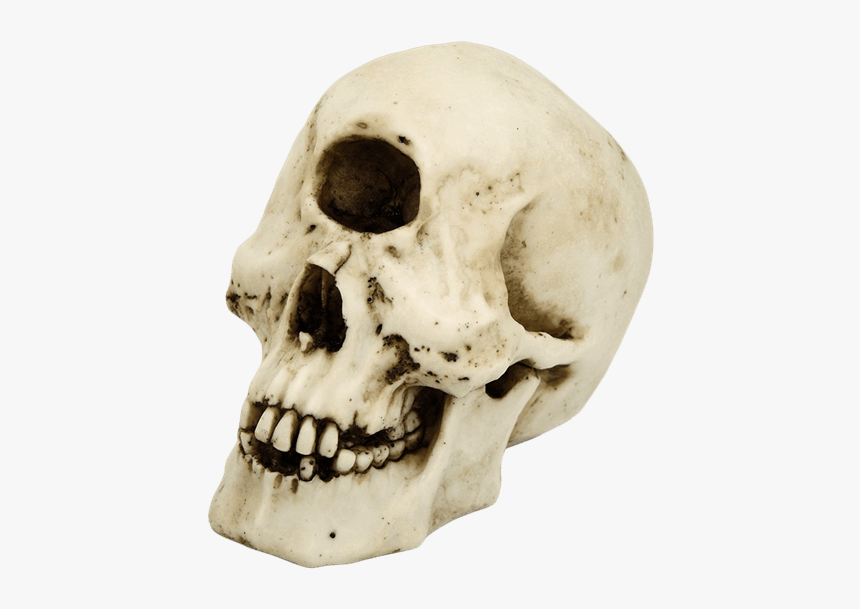
In Homer’s epic poem recounting the journey of Odysseus, “The Odyssey,” the traveler encounters the Cyclops during his arduous 10-year voyage back from Troy to his homeland. Described as a group of giant, one-eyed, man-eating shepherds, the Cyclops inhabit an island that Odysseus and his men visit in search of provisions. They fall into the clutches of one Cyclops who devours several of Odysseus’s companions. Through wit and courage, Odysseus and his men manage to escape becoming the monster’s next meal by getting him drunk, blinding him, and fleeing.
Another myth posits that the Cyclops are the offspring of Gaia (earth) and Uranus (sky). These three brothers are said to have become the blacksmiths of the Olympian gods, forging Zeus’ thunderbolts and Poseidon’s trident.
“Mayor presents a compelling argument that many of these myths originate in areas abundant with fossil beds,” noted Strasser. “She also highlights how in some myths, monsters emerge from the ground after major storms, a concept that hadn’t occurred to me before but makes sense—after a storm, erosion exposes these bones.”
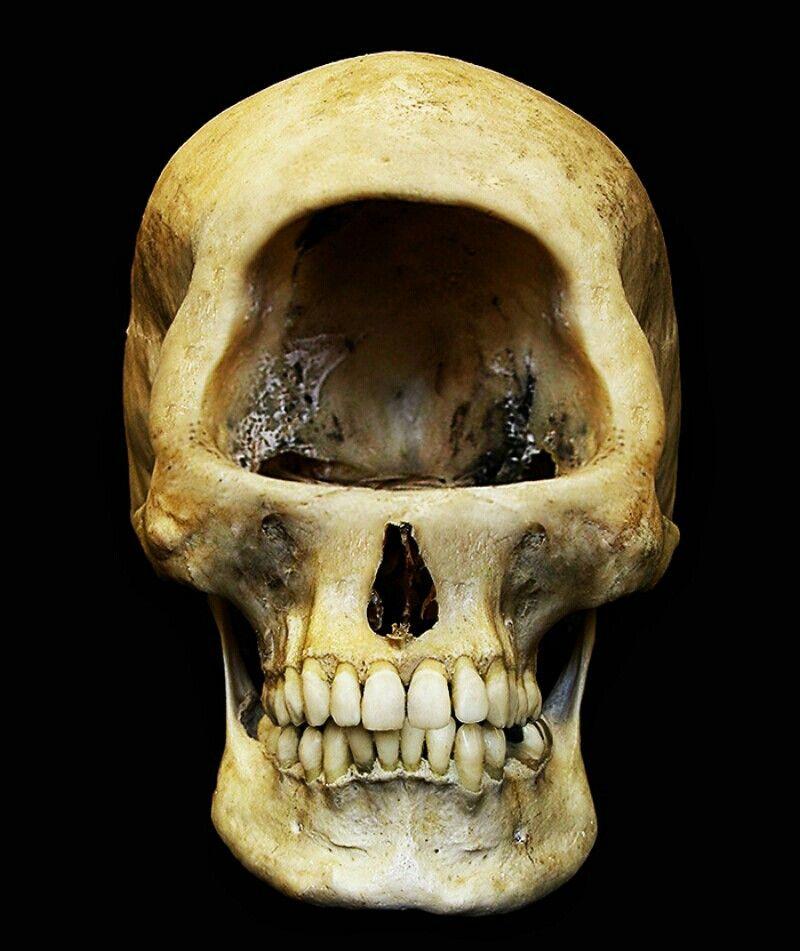
A cousin to the elephant, deinotheres roamed Europe, Asia, and Africa during the Miocene (23 to 5 million years ago) and Pliocene (5 to 1.8 million years ago) epochs before becoming extinct.
The discovery of the remains in Crete suggests that the mammal ranged across larger areas of Europe than previously believed, said Fassoulas. Fassoulas heads the paleontology division of the museum and oversaw the excavation.
He suggests that the animals reached Crete from Turkey, swimming and island-hopping across the southern Aegean Sea during periods of lower sea levels. Many herbivores, including modern elephants, are exceptionally strong swimmers.
“We believe these animals likely came from Turkey through the islands of Rhodes and Karpathos to reach Crete,” he said.

The tusks of the deinotherium, unlike those of modern elephants, grew from their lower jaw and curved downward and slightly backward instead of upward and outward. Wear marks on the tusks suggest they were used for stripping bark from trees and possibly for uprooting plants.
“Based on what we know from studies conducted in northern and eastern Europe, this animal lived in a forest environment,” said Fassoulas. “It was using its downward-facing tusks to dig, clear branches and shrubs, and overall, to find its food in such an ecosystem.”




